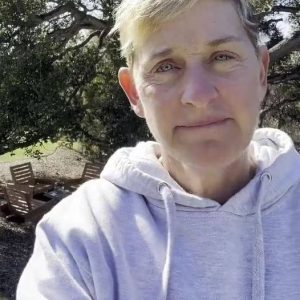As we age, one common but often overlooked change is the increasing visibility of veins on areas like the hands, arms, legs, and chest. Although prominent veins may seem alarming, they are usually a natural part of the aging process rather than a cause for concern.
A primary reason for this change is the thinning of the skin due to decreased production of collagen and elastin, proteins that keep skin firm and elastic. As skin becomes thinner and less supple, veins underneath become more visible. Additionally, the fat layer beneath the skin diminishes, reducing the cushion that once hid blood vessels from view.
Veins themselves also change with age. Their walls and valves weaken, which can cause blood to pool and veins to swell. This can lead to varicose veins—enlarged and twisted veins—especially in older adults who spend long periods standing or sitting. Slower blood circulation, influenced by reduced physical activity and hormonal shifts, can further make veins appear darker and more prominent.
Genetics and lifestyle also affect vein visibility. If family members have prominent veins, you might too. Factors such as smoking, sun exposure, and exercise influence vein appearance. For instance, active people with low body fat often have more visible veins because muscles push veins closer to the skin’s surface.
While visible veins are mostly harmless, sudden changes like pain, swelling, or warmth should prompt medical advice. Otherwise, visible veins can be embraced as part of aging, with cosmetic options available for those who wish to reduce their appearance.





